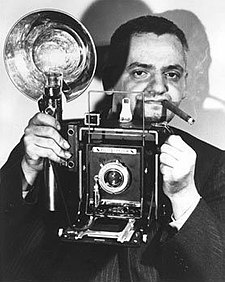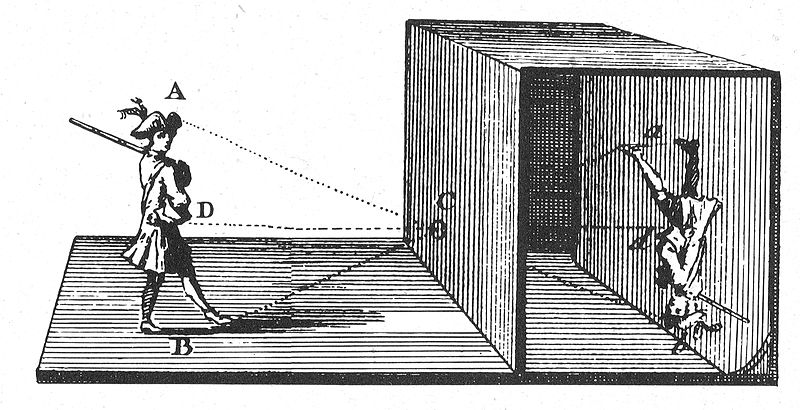Photography In the Digital Age
Today, digital cameras are definitely more popular than film cameras and we can all be photographers without ever coming into contact with a film roll or a dark room.
Even though the combination of digital photographs and the computer have provided us with new territory to explore (editing and manipulation), we could think that the medium has become a lot more accessible in recent times.
Why do we like Photographs?
"Photographs get at the essence of things." pg 12
Photographs have an ability to provide us with information, gain an emotional response from the viewer and also inspire us. With reference to the photographer Nan Goldin who claims with photography 'you don't lose anything again', Ingledew explains how our lives can be told through photographs from birth to death and all the experiences in between. Photographs preserve, making something that was once 'unseeable', now something we can easily see.
The Power of Photographs
Photographs can be a tool used for social change and to change public opinions.
"A great photograph can be worth tens of thousands of words." pg 15
However, we a photograph speaks in a universal language - we can all understand it - Ingledew claims. I would disagree with this part of the reading - surely, interpretation is dependent on the viewers unique cultural contexts? Surely, one person could understand an image differently to a person of another culture? A picture of a steak may be seen as a record of simply a meal to one person, but for someone who is vegan or vegetarian it may mean something completely different - a symbol of speciesism and therefore murder, perhaps.
Eye and Cameras
The camera allows us to view and register events in ways our eyes simply cannot They are able to use exposures of fractions of seconds up to hours. The photographer must set an aperture to brighten or darken images where they eye adjusts instantly. The camera obviously has ways of showing us things are eyes can't, opening up a whole new visual world ready to be discovered.
Camera Obscura
Cameras today are still made up of what they were when photography was conceived - a black box with a hole to allow light in, a lens and materials that are sensitive to light.
'Camera obscura' means dark room (this is how cameras got their name). During the Renaissance, people understood that a small hole in the wall of a dark room would project images of scenes outside on to the opposing wall.
Giovanni Battista della Porta and Lenses
Battista della Porta experimented by placing lenses in the hole of a camera obscura at the the end of the 16th century, and found that an upside down image was created on the opposing wall. He gathered an audience to view his findings and got others to dance around outside. Their image was projected on to the wall and the audience fled in fear. Luckily, Battista della Porta wasn't charged for sorcery!
1800s - Joseph Nicephore Niepce
Creator of the world's first photograph. He coated sheets of pewter with bitumen of Judea, which hardens when exposed to sunlight.
He placed this in his camera obscura which overlooked a pear tree and pigeon house. He was able to separate the soft areas that received less light from the hardened areas which received more. The first photograph was created from a direct positive image (no negative). Niepce called this a 'heliograph', meaning sun drawing.
1800s - Daguerre
Daguerre refined the process of Niepce. He used a silver plate in a camera obscura containing Iodine, this created light-sensitive silver iodide. Once exposed, the plate captured the image but wasn't yet visible. To develop the image, he used mercury fumes and salt to make the image visible and fixed (not over develop).
The process spread and became popular all around the world. The resulting images were called 'Dageurreotypes', and those that made them were exhibited their works for the public to see. They even signed their names at the bottom of them, as an artist would sign a painting.
Henry Fox Talbot
Daguerre's process had a problem. It was complex and the images could not be reproduced. In England, 1841, Henry Fox Talbot presented a new process which worked by by creating paper negatives and using primitive cameras called 'mousetraps' which contained light -sensitive paper. He called this the Calotype, waxed paper negatives that for the first time allowed multiple prints of the same photograph to be made.
1870s - The requirement of 'Shutters'
During this period photographic plates that were so sensitive to light, required to be exposed to light for spans of time so short that photographers could not do this themselves. The first shutters were like small guillotines.
1872 allowed Eadweard Muybridge to photograph a horse as it galloped to show at a point during it's gallop all the horses feet didn't touch the ground. This was achieved by creating a shutter that was rigged by elastic bands.
George Eastman 1854-1932
Eastman was founder of the Kodak company who saw the commercial possibilities of the camera. He basically created the 'roll of film' so 48 exposures could be taken in one roll of film in a camera. This allowed for photographers to take numerous photographs at once and work with ease. The roll of film was lightweight compared the fragile glass and metal plates used before.
Eastman allowed photography to become accessible to everyone - he created the Kodak that could take 100 pictures on a roll of film which you could then mail to the Kodak factory to print the pictures. The camera and images were then sent back to the photographer.
By 1900, Eastman and Kodak were selling $1 cameras which allowed for six pictures to be taken. Photography became an accessible medium to just about everyone.































